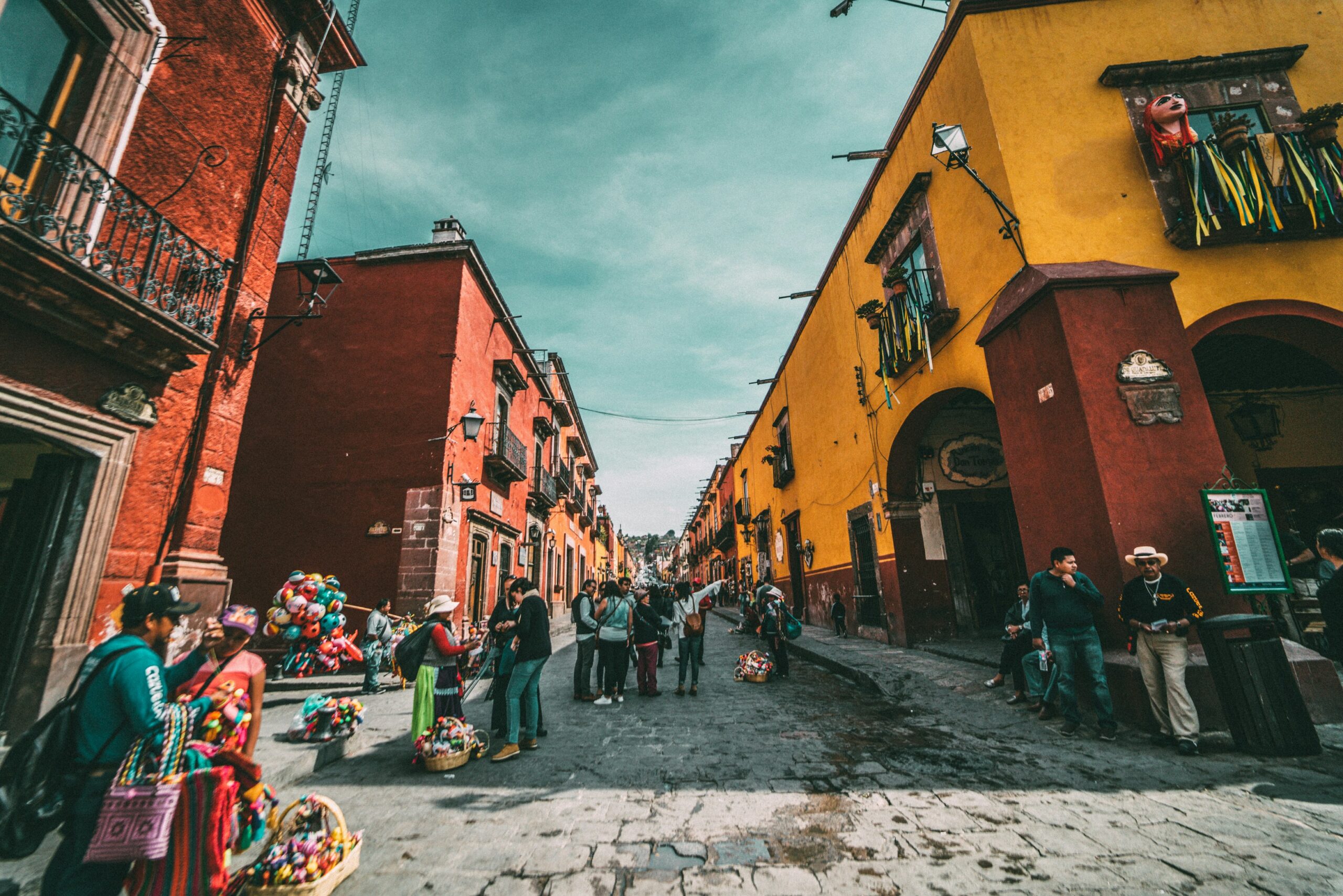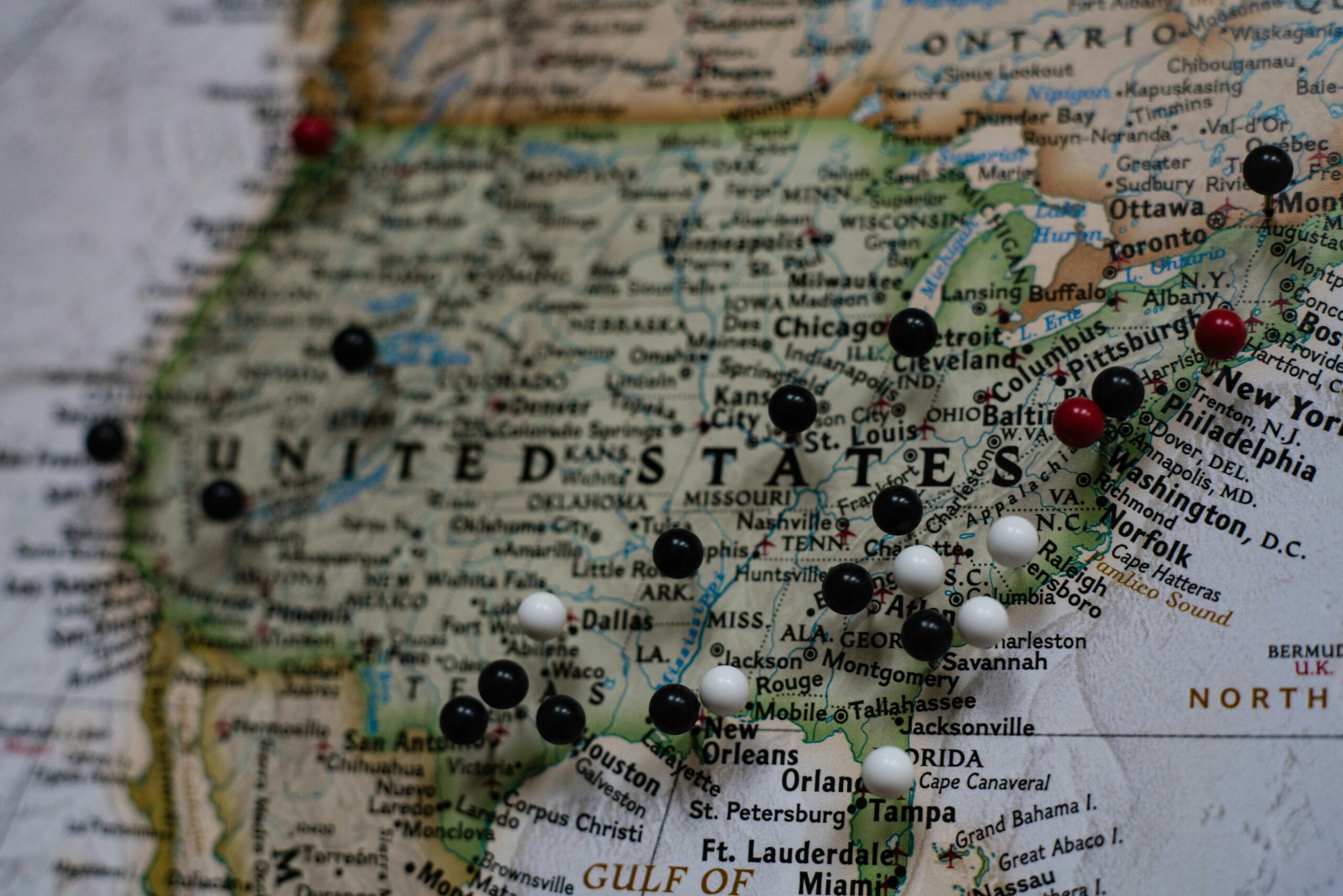Introduction
Winter in Colorado Springs is a magical time when the city transforms into a snow-covered wonderland. From outdoor adventures to cozy indoor activities, there’s something for everyone to enjoy during this season. In this guide, we’ll explore some of the best things to do in Colorado Springs in winter, and we’ll even show you how to book your stay with Agoda for an unforgettable winter getaway.

1. Hit the Slopes
Colorado is famous for its world-class ski resorts, and Colorado Springs serves as an excellent base for skiing and snowboarding enthusiasts. Just a short drive away, you’ll find popular destinations like Breckenridge, Aspen, and Vail. Agoda can help you find the perfect accommodations close to your preferred ski resort, ensuring you have a comfortable place to rest after a day on the slopes.
2. Explore Garden of the Gods
While winter may bring a dusting of snow to the iconic Garden of the Gods, this natural wonder remains open year-round. Stroll through the towering red rock formations and admire the unique beauty of the park under a white blanket. Don’t forget to capture some stunning photographs of this picturesque landscape.
3. Visit the Cheyenne Mountain Zoo
The Cheyenne Mountain Zoo is an exceptional year-round attraction for animal lovers. During the winter, the zoo offers a unique experience where you can watch animals enjoy the cold weather, and some are even more active in cooler temperatures. Agoda‘s booking platform can help you secure tickets to the zoo and find accommodations nearby.
4. Enjoy Hot Springs
Warm up on a chilly winter day by visiting one of the nearby hot springs. Manitou Springs and Glenwood Springs both offer relaxing and rejuvenating hot spring experiences. After a soak, return to your cozy Agoda-booked accommodation and unwind.
5. Ice Skating at Acacia Park
For a quintessential winter experience, head to Acacia Park for some ice skating. The park features a beautiful outdoor rink, perfect for gliding across the ice with loved ones. Agoda can assist you in finding lodgings within walking distance of this delightful winter activity.
6. Take a Ride on the Pikes Peak Cog Railway
While the Pikes Peak Cog Railway may not operate during the winter months, it’s still worth a visit to the base of this iconic mountain. Enjoy the crisp, snowy views and capture stunning photographs. Plan your visit with Agoda to ensure you have a comfortable place to stay while exploring the area.
7. Snowshoeing and Cross-Country Skiing
If you prefer quieter, more secluded winter activities, snowshoeing and cross-country skiing are excellent options. The nearby trails offer breathtaking views of the snow-covered landscapes. Agoda can help you find accommodations close to these trails, making it easy to embark on your winter adventure.
8. Discover the Manitou Cliff Dwellings
Explore history and Native American culture at the Manitou Cliff Dwellings, even in the winter. These preserved cliff dwellings provide a fascinating glimpse into the past. Agoda can assist you in finding a comfortable place to stay while you explore this historical site.
Booking with Agoda
When planning your winter trip to Colorado Springs, booking through Agoda is a smart choice. Agoda offers a user-friendly platform with a wide range of accommodation options, from cozy cabins and boutique hotels to budget-friendly motels. Here’s how to use Agoda to plan your winter getaway:
1. Visit Agoda‘s website and enter your destination, travel dates, and the number of guests.
2. Use Agoda‘s search filters to refine your results based on your preferences, such as price range, amenities, and guest ratings.
3. Browse through the available accommodations and read guest reviews to ensure you choose the perfect place to stay.
4. Once you’ve selected your accommodation, follow the booking instructions provided by Agoda. You can often take advantage of special deals and discounts on their platform.
5. Confirm your booking, and you’re all set for your winter adventure in Colorado Springs!
Conclusion
Colorado Springs in winter is a magical destination with a wide range of activities to enjoy. Whether you’re a winter sports enthusiast or prefer exploring natural wonders and cultural sites, there’s something for everyone. By booking your accommodations through Agoda, you can ensure a comfortable and memorable winter getaway in this beautiful city. So, start planning your Colorado Springs winter adventure today, and let Agoda help you find the perfect place to stay.







